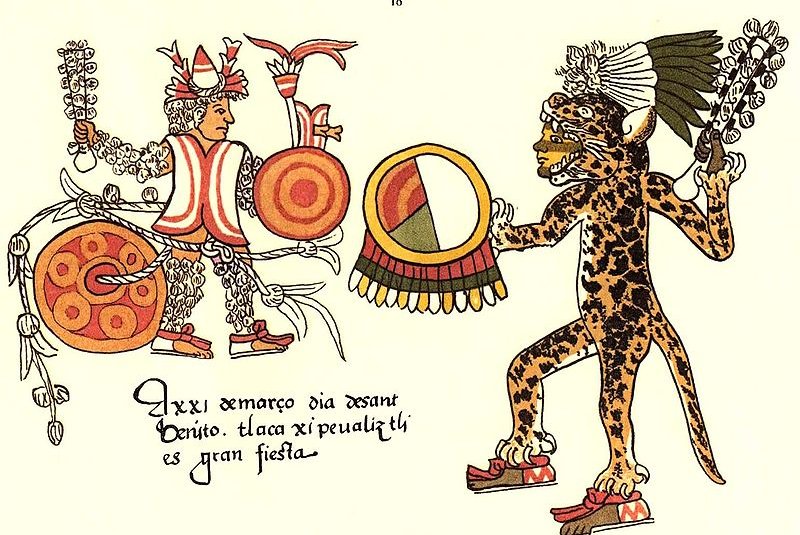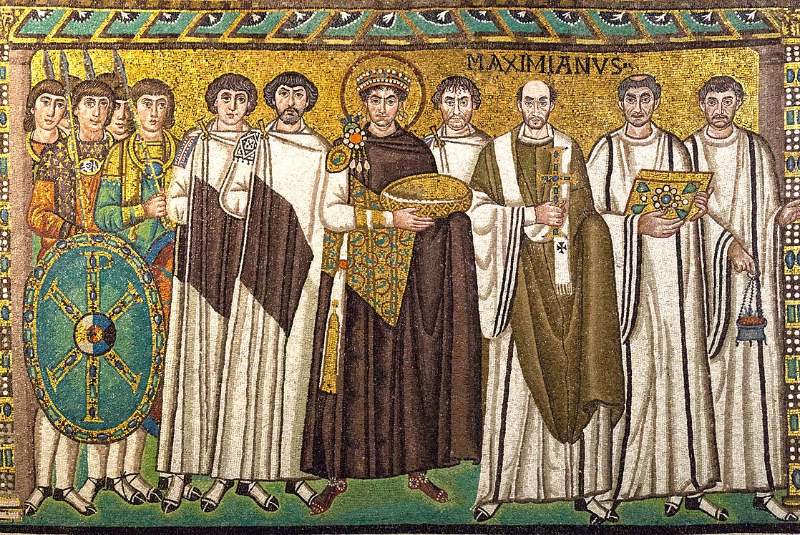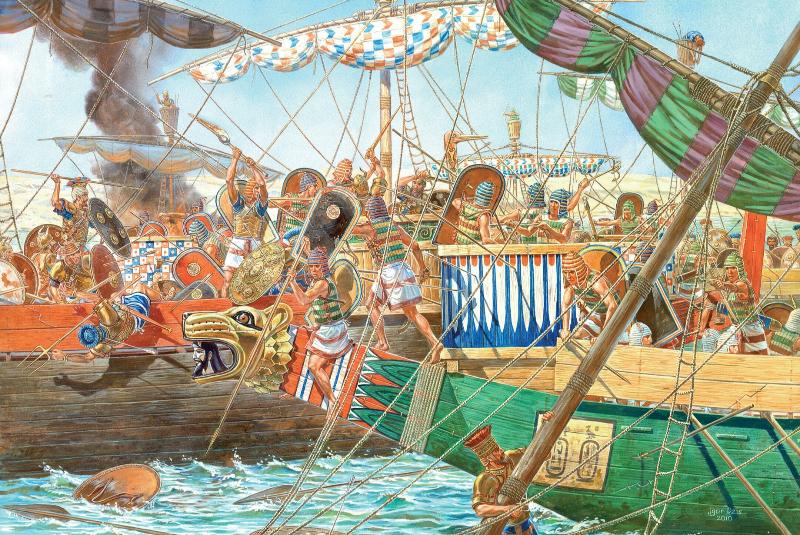The history of Mesoamerica is colored with the vibrant, albeit often violent, cultural practices of the people who lived before the European conquests. Among these practices, one of the most captivating and unique to the Aztec civilization was the Xochiyaoyotl, or Flower War. Known as the Flowery War or The Flower War, this type of ritual battle occurred during the time of the Aztec Triple Alliances and provides profound insights into the complex intersections of warfare, religion, and politics in pre-Columbian America.
This warfare was not merely about the clashing of swords or the conquering of lands. Instead, it was deeply rooted in the spiritual and societal structures of the Aztecs and their contemporaries. It is thought to have happened during the mid-1450s, fought between the alliance and its enemies up until the Spaniards arrived. This would have been with neighboring cities such as Tlaxcala, Huejotzingo, and Cholula. However, these wars were distinguished by the fact that the fighting would follow strict ritual conventions.

The Disputed Origins
The origin of the Flower Wars is shrouded in mystery and academic debate. While the concept is disputed, it is universally acknowledged that the Flower War was a mutually agreed-upon form of conflict by the participating states. Most of what modern historians know about the Flower War is documented by a Texcoco nobleman by the name of Ixtlixochitl. He narrates that the cause of these ritualistic battles was related to famine and crop failure. According to his accounts, the Aztec empire was experiencing hunger, and the priests advised that the gods were displeased. The proposed solution was to offer the gods numerous sacrifices of warriors. Therefore, the cities engaged in ritual warfare where the captured foes would be surrendered as human sacrifices.
Ritualistic Warfare and Sacred Grounds
In the Flower War, the meeting of armies was highly ceremonial. The armies would convene at a predetermined date and a chosen place, always on sacred grounds. The commencement of the battle would be signaled by a significant act of burning, where both sides would ignite large pyres of paper and incense to create a ceremonial atmosphere. Unlike typical battles where ranged weapons such as darts, stones, or bows would be used, in a Flower War, each combatant wielded a battle-ax weapon known as the macuahuitl. This choice of weapon is indicative of the nature of the conflict – it required skill and close proximity to the enemy, thus, capturing rather than killing the adversary was the objective.
Furthermore, both armies involved in a Flower War would deploy an equal number of soldiers, and many of these warriors came from noble families. This is reflective of the belief that dying in a Flower War was more honorable than in regular combat. The Flower War offered a platform for nobles to display their bravery and skill, potentially earning a death that would be glorified and remembered.
The Multifaceted Purposes of the Flower Wars
The reasons behind the Flower Wars are still a matter of historical debate. Some historians argue that these ritual battles were simply a form of real battle training. This viewpoint suggests that the Flower War served as a method for the Aztec military to maintain their combat skills and readiness without engaging in full-scale warfare, which could be more destructive and resource-consuming.
Others posit that the primary purpose of the Flower Wars was for religious sacrifice. This theory is supported by interactions such as the one between one of Cortez’s captains and Moctezuma II, the leader of the Aztec empire. When questioned why the Aztecs had not outright conquered the weaker state of Tlaxcala, Moctezuma II reportedly stated that Tlaxcala served as a convenient reservoir of human sacrifices and a training ground for their soldiers.
Additionally, historical records suggest that during the Flower Wars, the Aztec army would regularly lay siege to Tlaxcalan towns or interrupt their supply lines. This activity could imply that the intention of these ritual conflicts was more aggressive than initially thought, possibly aiming to eventually conquer the Tlaxcalans.
Strategic and Religious Significance
The Flower War was not an isolated phenomenon but a strategic event with significant implications for both the Aztec empire and its enemies. The Tlaxcalans, Huejotzingo, and Cholula, although often on the losing side of these battles, also found value in participating in these conflicts. For them, it was an opportunity to gain political leverage, establish military alliances, and reinforce their own societal structures through the act of warfare.
From a religious standpoint, the Flower War was a means to appease the gods. The Aztec civilization, like many other Mesoamerican cultures, believed deeply in the necessity of human sacrifice for the maintenance of cosmic order and the appeasement of their deities. In a society where warfare was a common aspect of life, the integration of ritual, religion, and conflict represented a holistic worldview where the secular and the sacred were inextricably linked.
The act of sacrifice itself was not a thoughtless spilling of blood but a deeply symbolic ritual. Warriors who were captured during these battles were not merely prisoners of war; they were seen as offerings to the gods, chosen to serve a higher purpose beyond their earthly existence. This belief system provided a potent motivation for the warriors participating in the Flower War, as they saw their potential deaths as a form of divine service.
The Warrior's Path and the Flower War
To better understand the Flower War, one must consider the life of a typical Aztec warrior. From a young age, males were trained in the art of combat and imbued with a sense of duty to their empire and gods. The Flower War offered a platform where a warrior could demonstrate courage and gain honor. The prospect of being captured and sacrificed was not necessarily seen as a disgrace; rather, it was a respected path to the afterlife, ensuring a place of honor among the gods and ancestors.
The warriors who fought in the Flower War were equipped with not only physical weapons but also spiritual and cultural armor. Their belief system provided them with a resolve that transcended fear of death. They fought with the conviction that their actions were part of a grand cosmic play, with each death and each act of bravery a line in the sacred script written by the deities they worshipped.
Cultural Reflections in the Flower War
The Flower War was a reflection of the values and beliefs of the Aztec society. It was a canvas where the cultural narrative of life, death, honor, and religion was vividly painted. The Aztecs' understanding of life's transitory nature and the importance of sacrifice permeated through their civilization, influencing their art, their political structures, and their daily lives.
Through the lens of the Flower War, modern observers can glimpse the Aztecs' relationship with their environment, their neighbors, and their gods. This conflict was not only about territory or dominance but also about maintaining the balance of the world as they understood it. It was a dance of death and devotion, with each step choreographed by the intricate belief systems that governed their lives.
The practice also served as a way to manage external relationships. By engaging in controlled warfare, the Aztecs could form intricate networks of alliances and enmities that defined the political landscape of the region. The Flower War, in essence, was a diplomatic tool as much as it was a religious one.
The Legacy of the Flower Wars
The Flower War of the Aztec civilization was an elaborate tapestry woven from the threads of warfare, religion, politics, and culture. It is a subject that continues to fascinate historians and laymen alike, for it showcases a civilization's approach to dealing with some of the most profound aspects of human existence: conflict, belief, and the quest for meaning in the shadow of mortality.
As modern societies look back at the practices of those who lived before, it is crucial to approach these subjects with a nuanced understanding. The Flower War was not a 'barbaric' ritual but a sophisticated and multifaceted tradition that played a pivotal role in the Aztec way of life. It reveals much about the human condition and the lengths to which civilizations will go to understand and honor the forces that they believe govern their lives.
As scholars continue to unravel the complexities of the Flower War, it stands as a reminder of the rich and diverse tapestry of human history. It is a chapter that not only illustrates the Aztecs' thirst for conquest and spiritual fulfillment but also speaks to the universal human experience — a testament to the intricate ways in which societies evolve and interpret the world around them.




